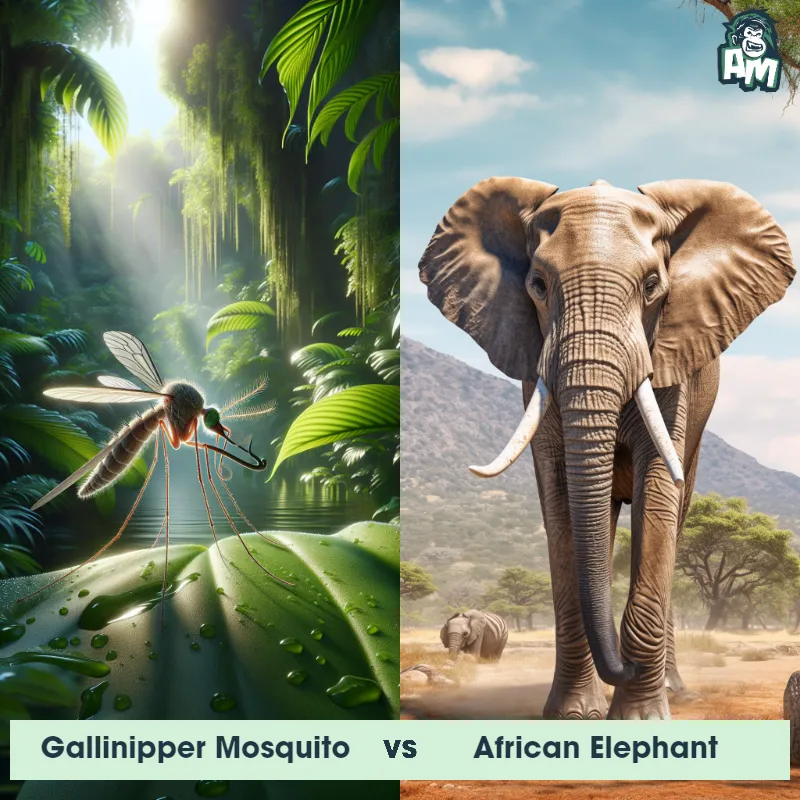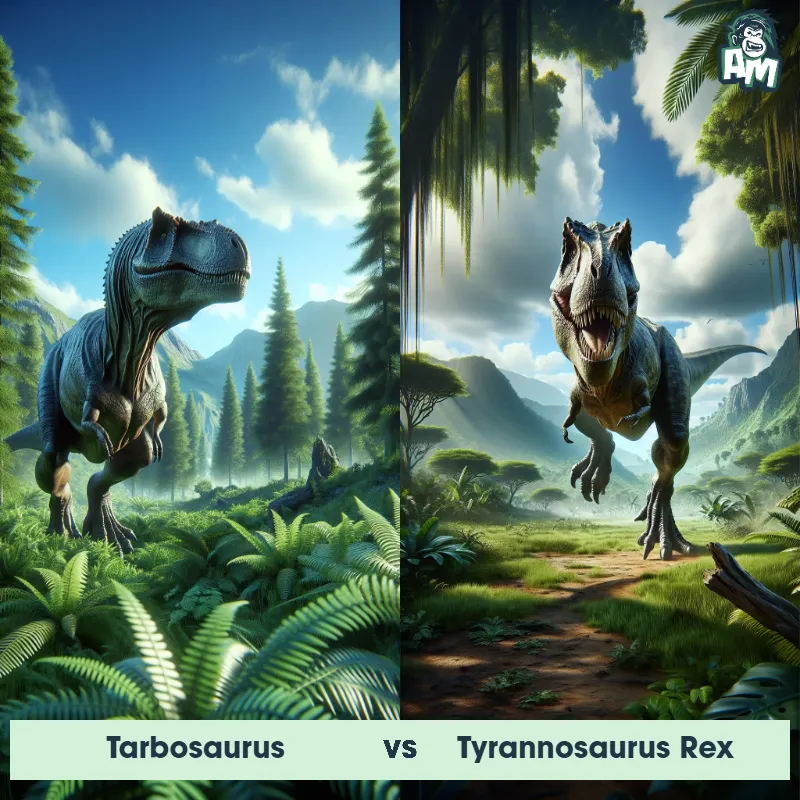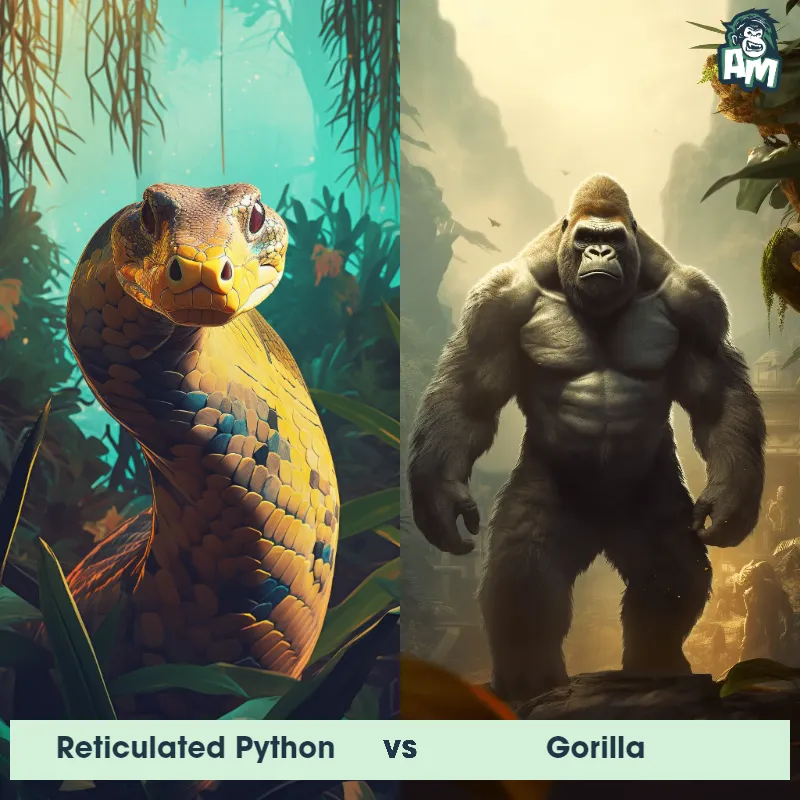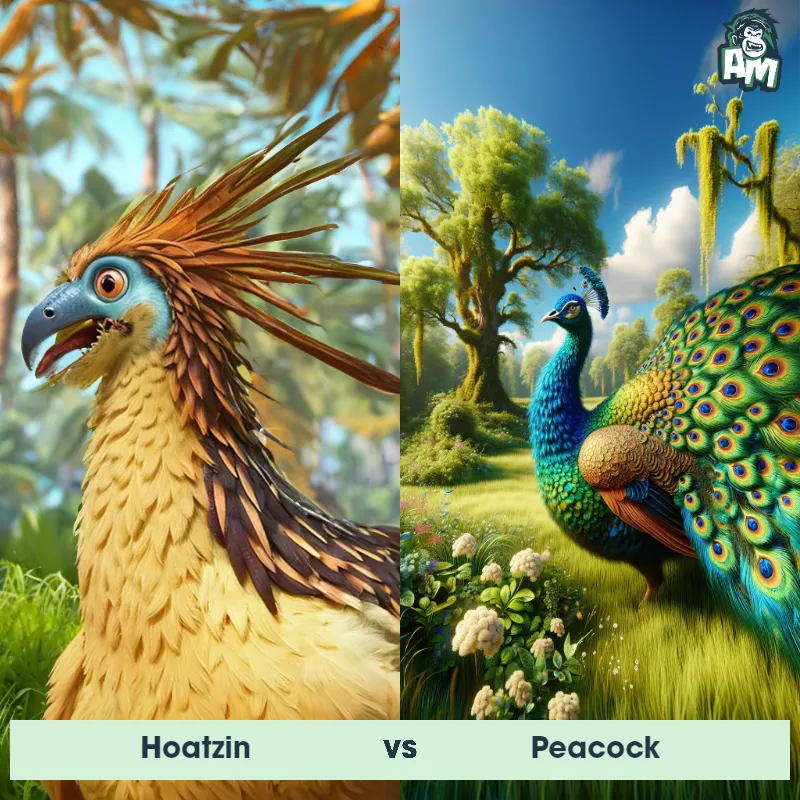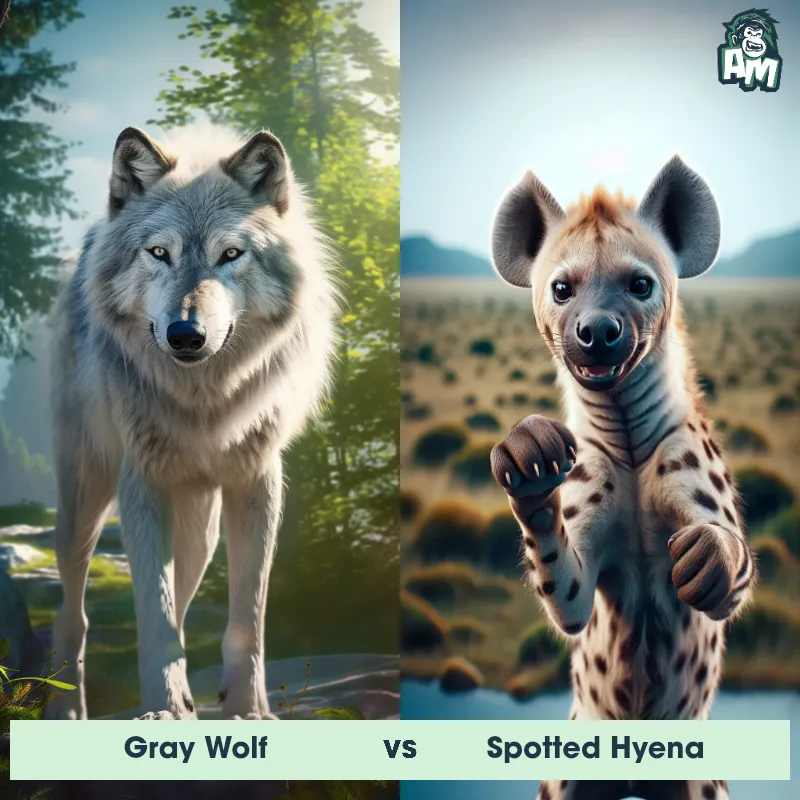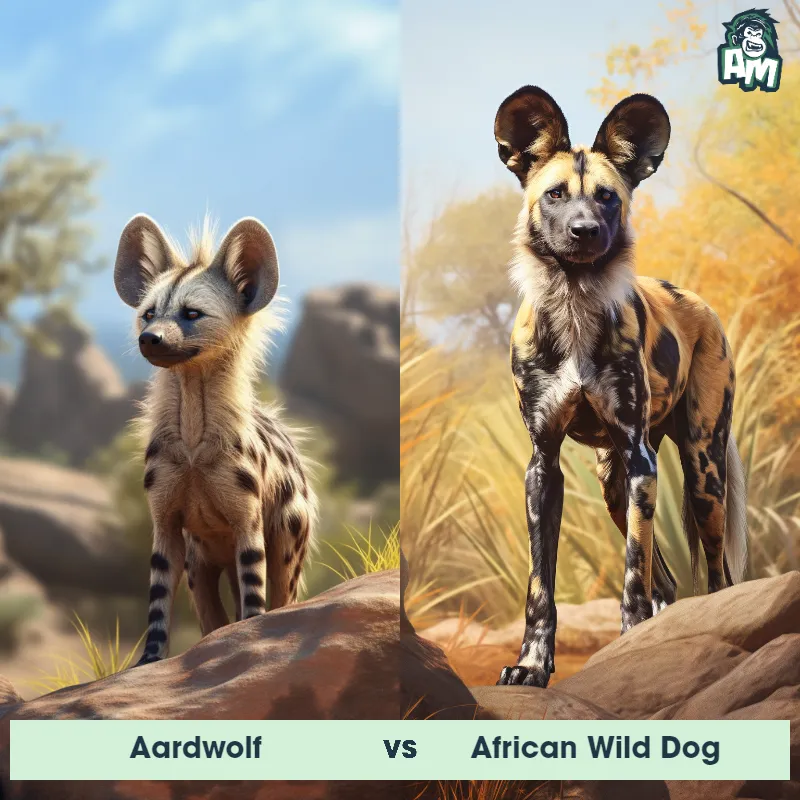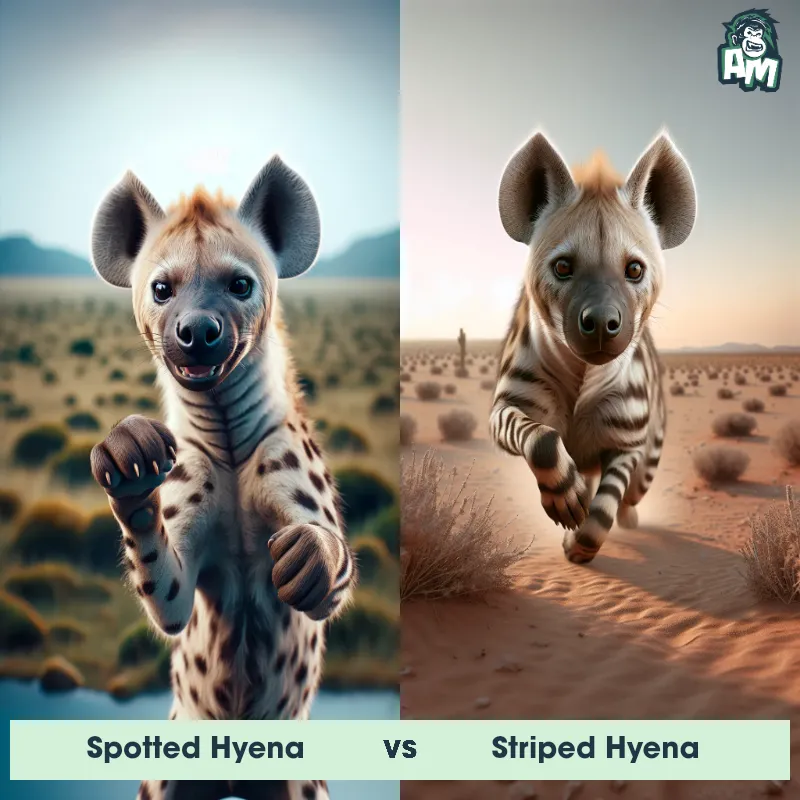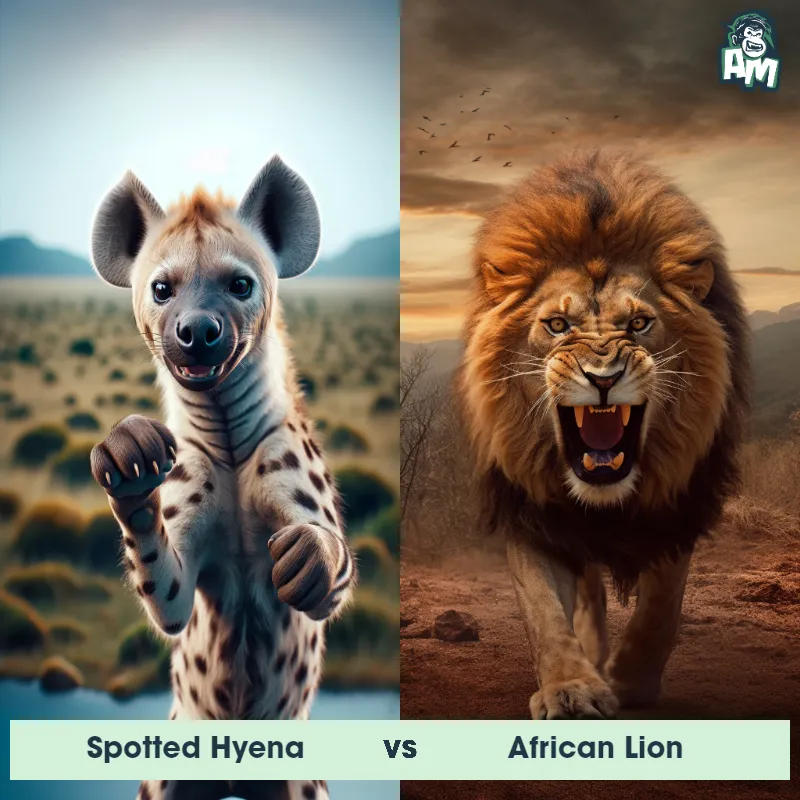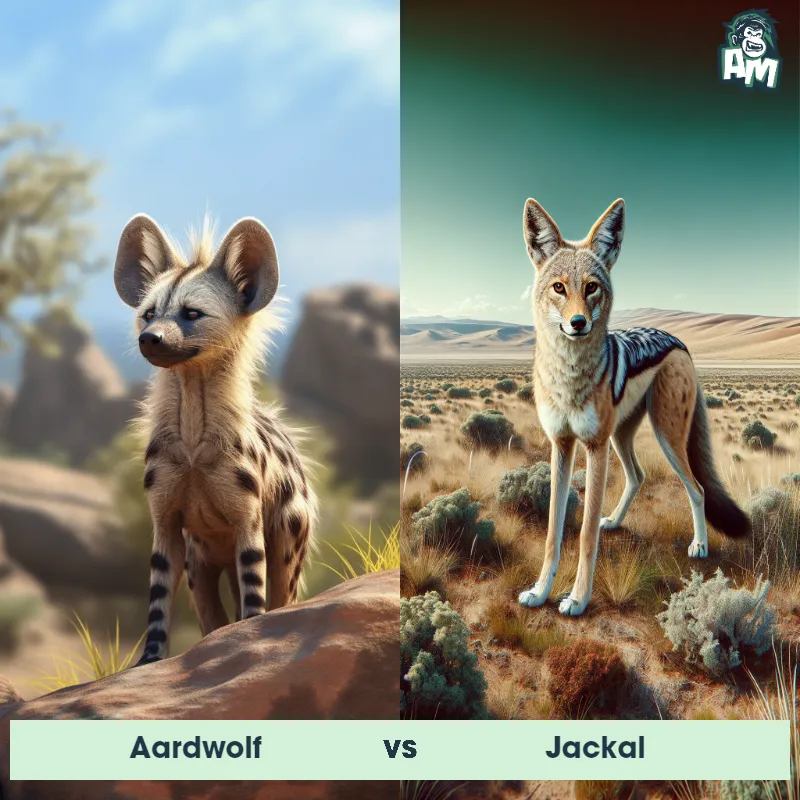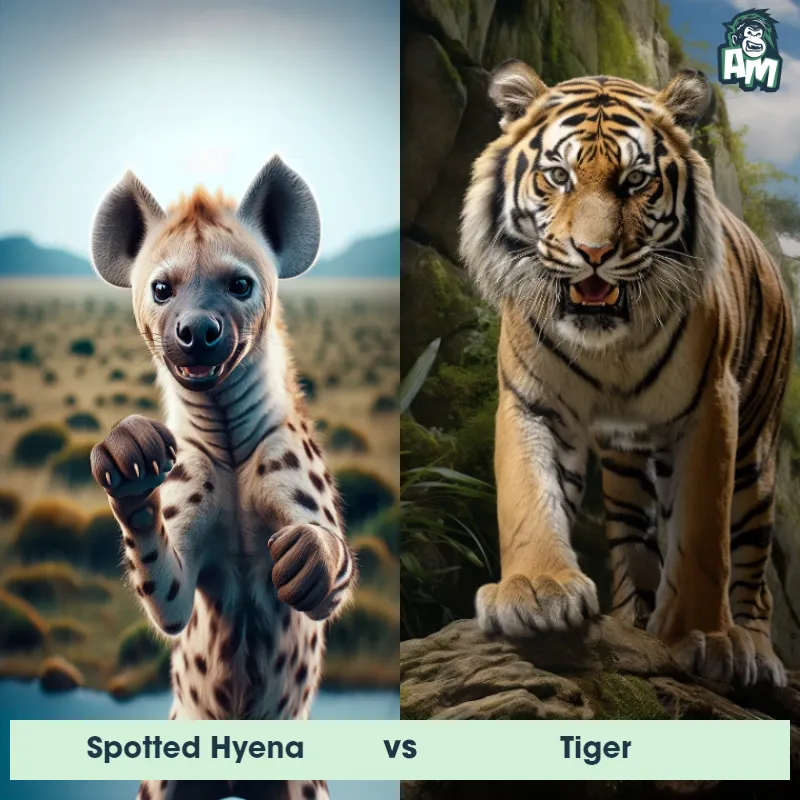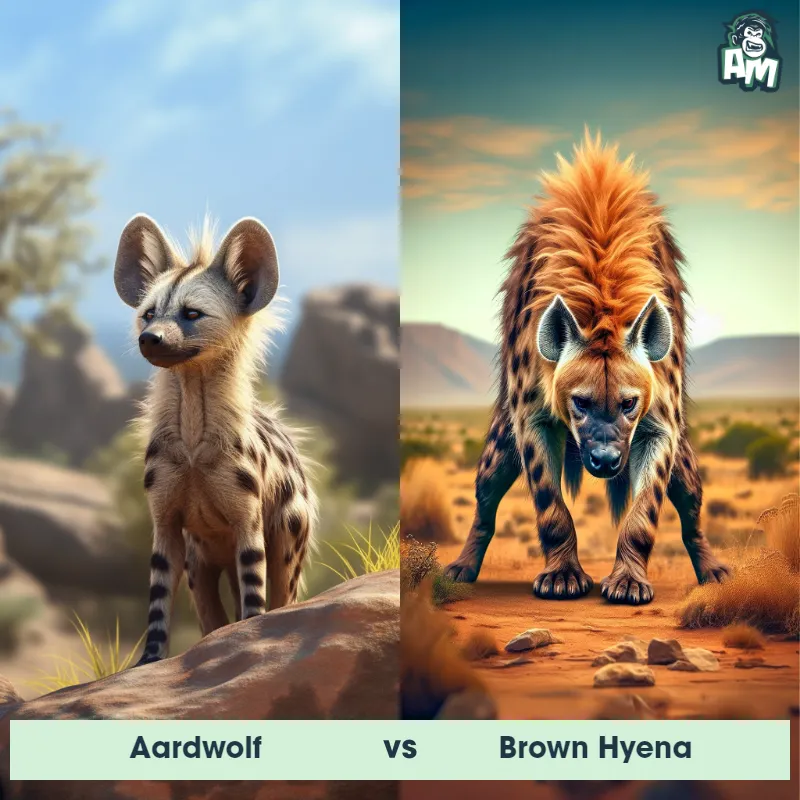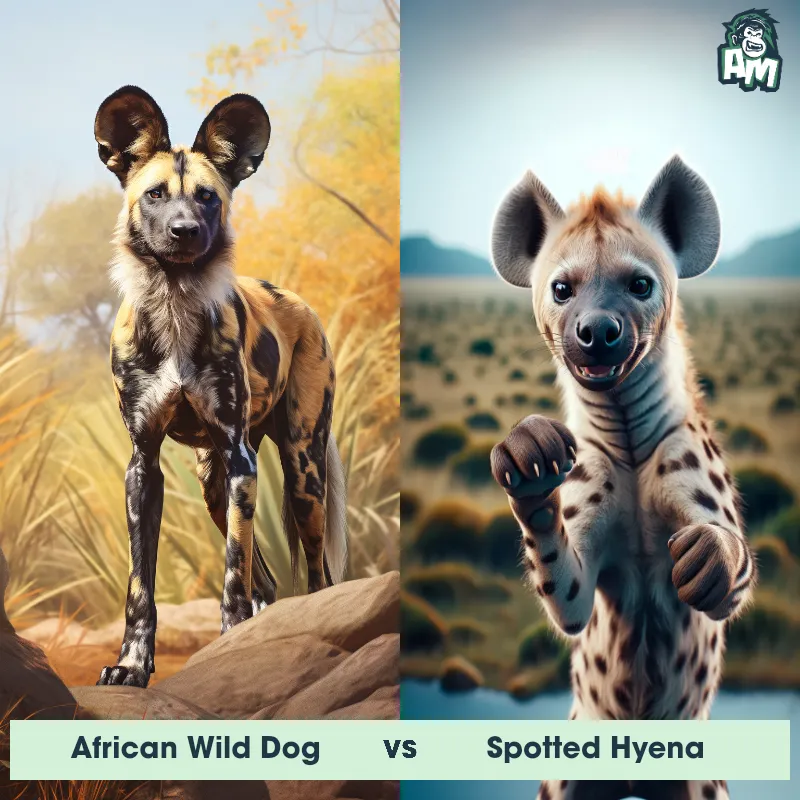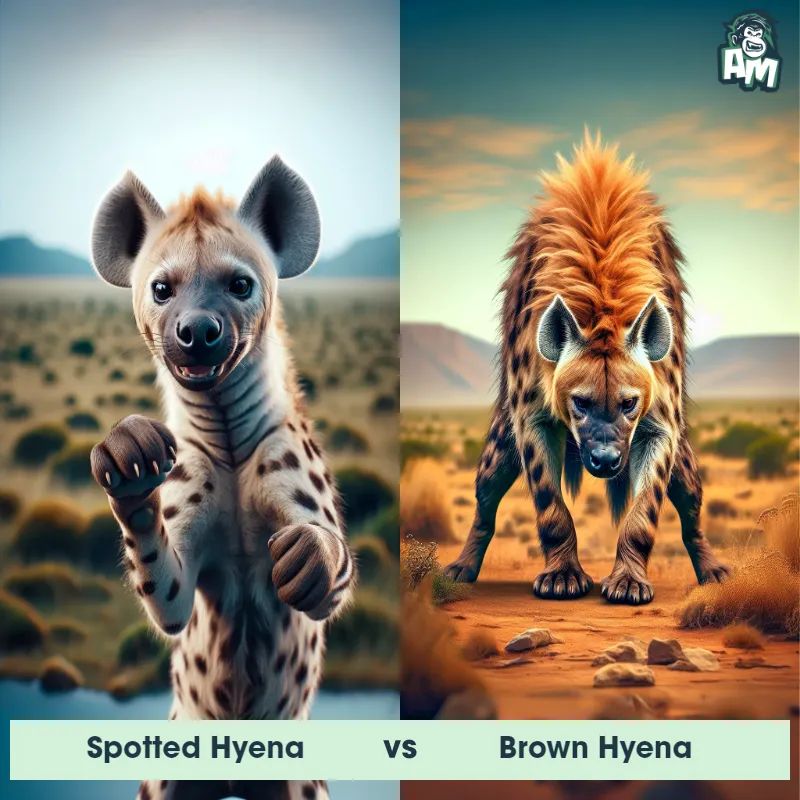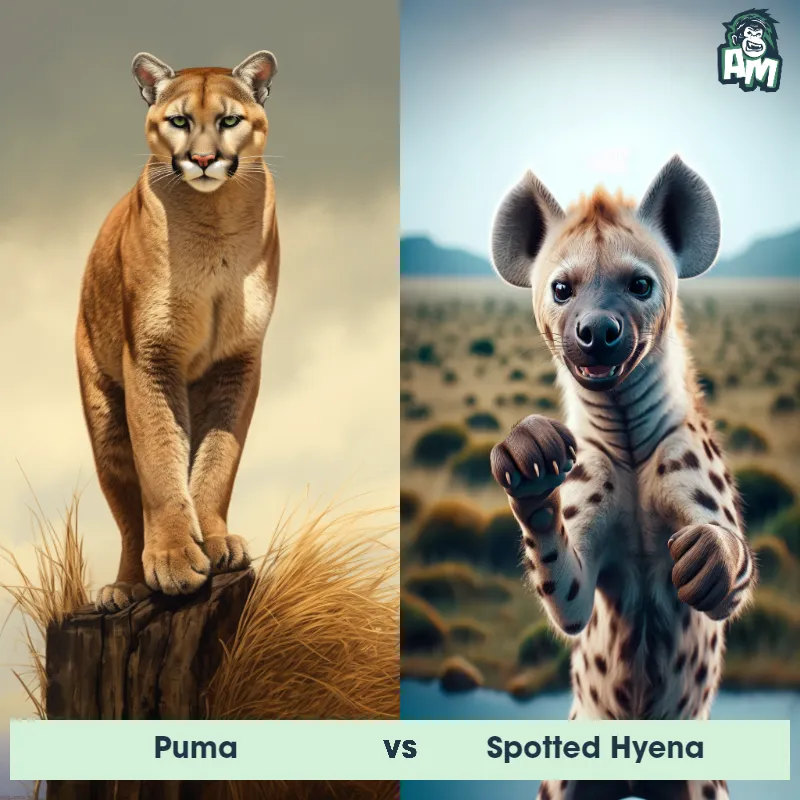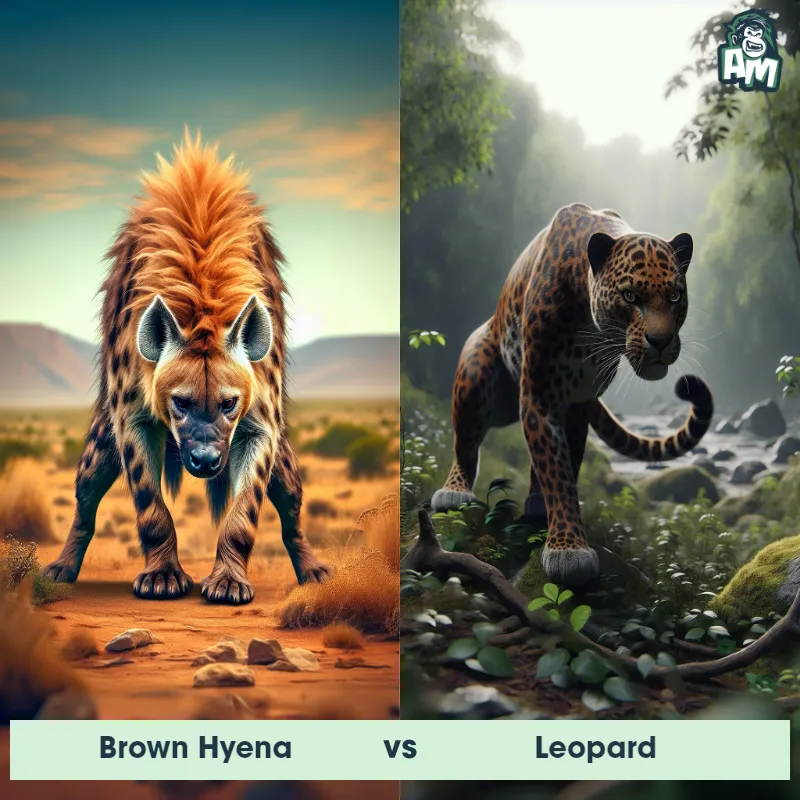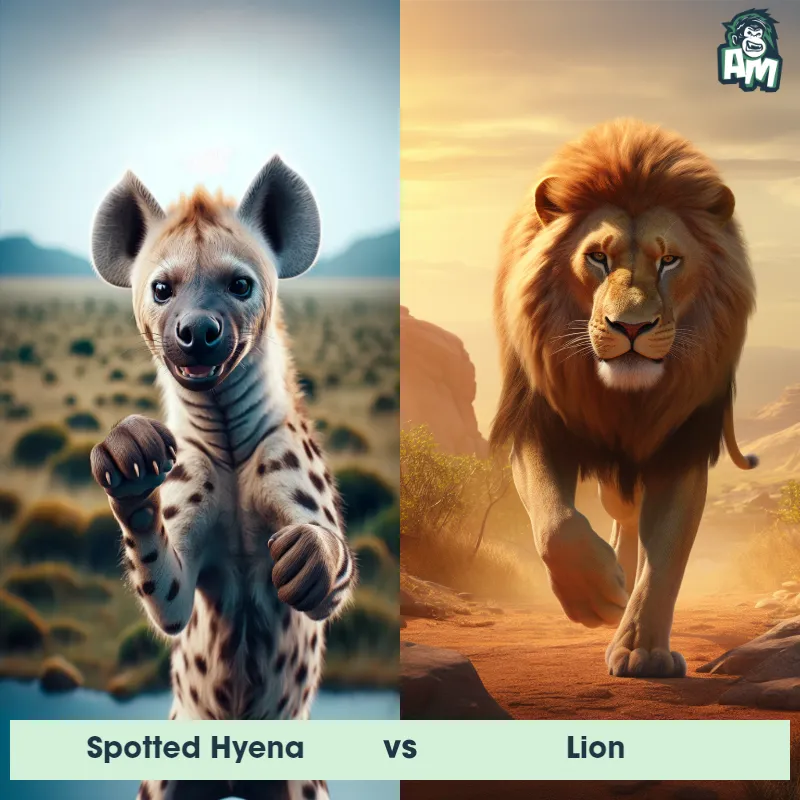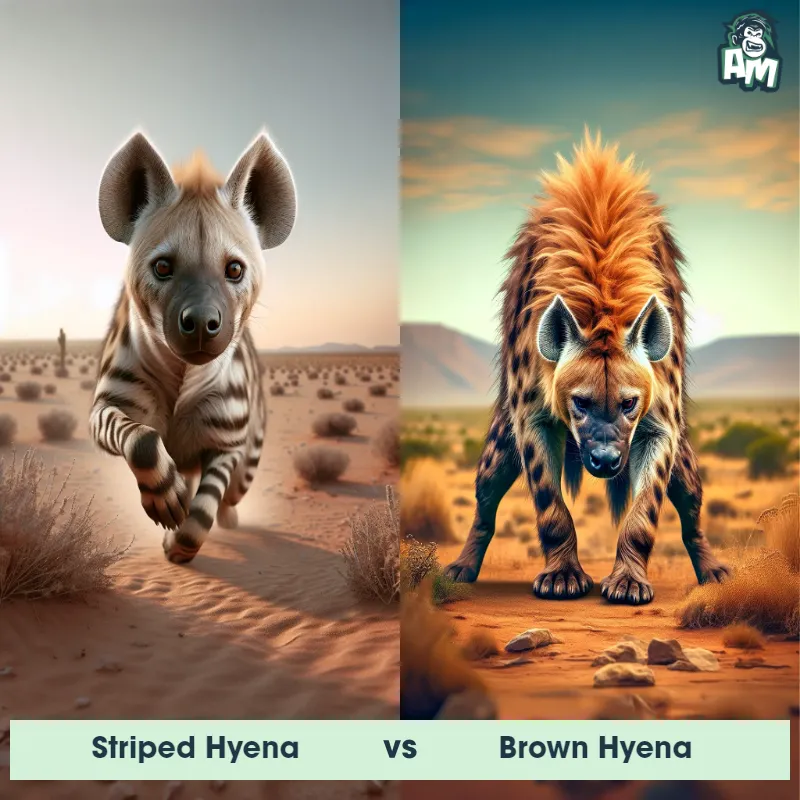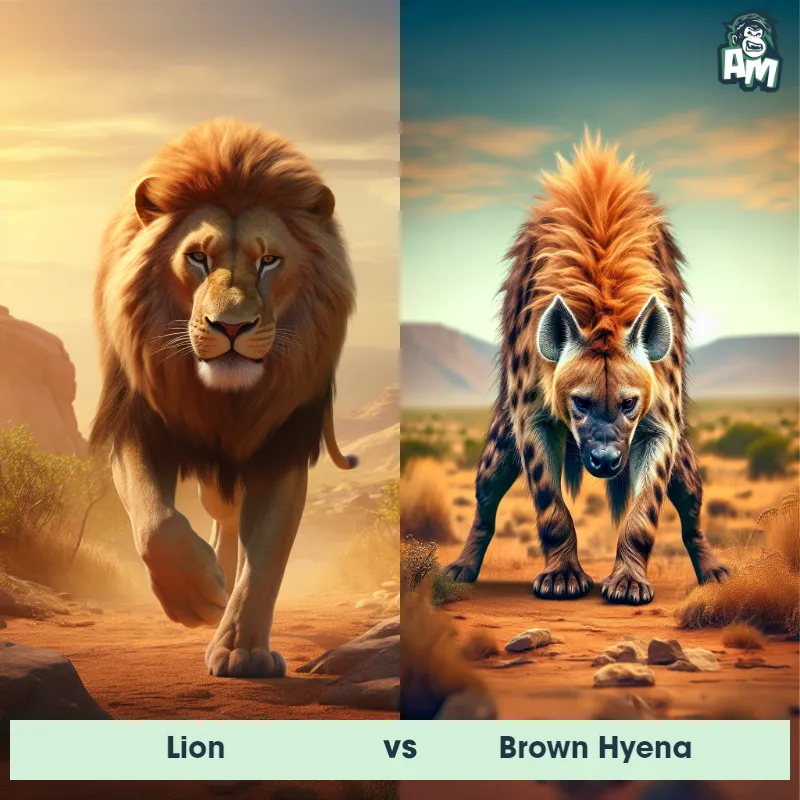Olive Baboon vs Brown HyenaSee Who Wins
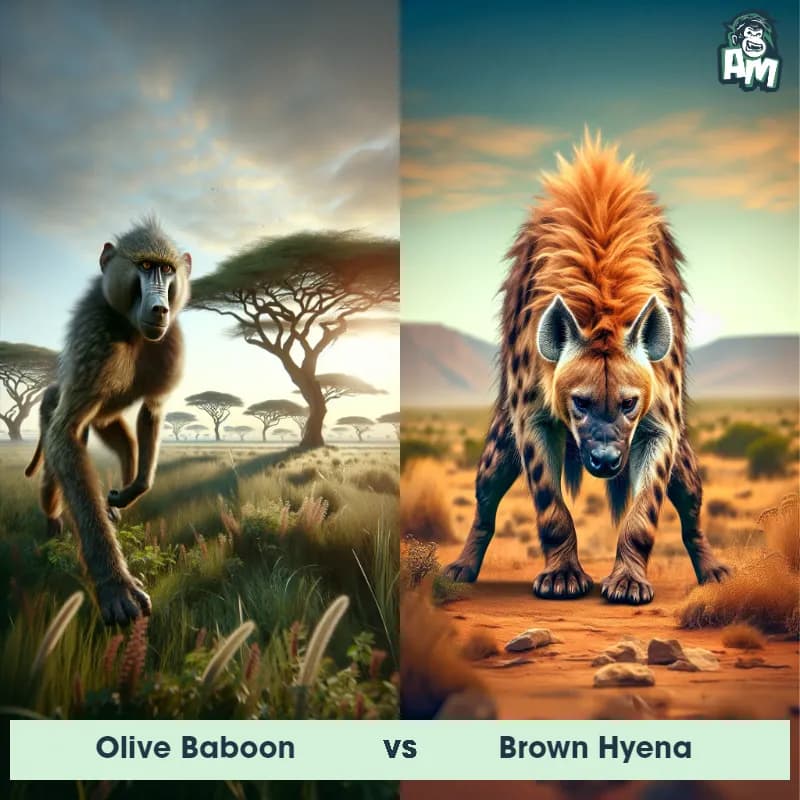
Ladies and gentlemen, we have an intense matchup tonight between a Olive Baboon and a Brown Hyena. Both animals are known for their strength and agility, so we can expect a fierce battle in the arena tonight.
Contender 1: Olive Baboon
The Olive Baboon, also known as the Anubis Baboon, is a species of baboon native to parts of East Africa and the Arabian Peninsula. These social primates are easily recognized by their large size, with males typically weighing around 30-40 kilograms and females being slightly smaller. Olive Baboons have short, coarse fur that ranges in color from yellowish-brown to gray, and their faces are hairless with prominent muzzles. They possess long, powerful limbs with grasping hands and opposable thumbs, making them adept climbers and walkers. With their impressive canines and protruding face bones called ischnia, they exhibit a robust appearance. These baboons are known for living in large groups called troops, which can contain up to 150 individuals, and engaging in complex social interactions.
Fun Fact: One fascinating fact about Olive Baboons is that they have a diverse diet, which includes a wide range of fruits, leaves, seeds, insects, small vertebrates, as well as occasional carrion and even soil, making them opportunistic omnivores.
Contender 2: Brown Hyena
The Brown Hyena, also known as the strandwolf, is a carnivorous mammal native to Africa. This unique species is easily identified by its shaggy, brownish-gray fur and thick neck. They have long, powerful legs with large, rounded ears and a distinct sloping back. With a body length of about 1.5 meters and weighing up to 40 kilograms, the Brown Hyena stands as the second-largest hyena species. They are known for their scavenging habits, often feasting on carrion and leftovers from other predator kills. They also have strong jaws and sharp teeth, capable of crushing bones to extract the nutritious marrow.
Fun Fact: The Brown Hyena is the most elusive and least social of all hyena species, preferring a more solitary lifestyle and rarely forming large groups or clans like spotted hyenas or striped hyenas.
Matchup Stats
| Olive Baboon | Brown Hyena | |
|---|---|---|
| Size | 2-3 feet (60-90 cm) tall | Up to 1.5 meters (4.9 feet) long |
| Weight | 66-88 pounds (30-40 kg) | Up to 40 kilograms (88 pounds) |
| Speed | 34mph (55km/h) | 37mph (60km/h) |
| Key Strength | Powerful jaws and canines | Powerful jaws and sharp teeth |
| Biggest Weakness | Vulnerable to attacks on their lower body | Short bursts of speed |
Current Votes
Olive Baboon vs Brown Hyena
See Who Wins
View More Matches
Looking For More?
Similar Matches
Scientific Stats
| Olive Baboon | Brown Hyena | |
|---|---|---|
| Scientific Name | Papio anubis | Parahyaena brunnea |
| Family | Cercopithecidae | Hyaenidae |
| Habitat | Forests, savannas, and woodland areas | Arid savannas, deserts, and semi-deserts |
| Geography | East Africa and the Arabian Peninsula | Africa |
| Diet | Fruits, leaves, seeds, insects, small vertebrates, carrion, and soil | Carrion, leftovers from other predator kills |
| Lifespan | 20 years - 30 years | 10 years - 12 years |
Key Differences between Olive Baboon and Brown Hyena
- Habitat: Olive Baboons are primarily found in savannas and open woodlands, while Brown Hyenas prefer semi-desert and arid regions.
- Tail: Olive Baboons have a long tail that is typically carried upwards, while Brown Hyenas have a short, bushy tail that is held parallel to the ground.
- Behavior: Olive Baboons are highly social animals that live in large troops, while Brown Hyenas are solitary or live in small family groups.
- Facial features: Olive Baboons have a flat face with a prominent snout and small ears, whereas Brown Hyenas have a sloping forehead, large rounded ears, and a distinctive shaggy mane.
- Size: The Olive Baboon is much smaller than the Brown Hyena, with baboons typically weighing between 24-30 kg and hyenas weighing between 49-64 kg.
- Color: Olive Baboons have a distinctive olive-green tint to their fur, while Brown Hyenas have a more uniform brown or grayish coat.






